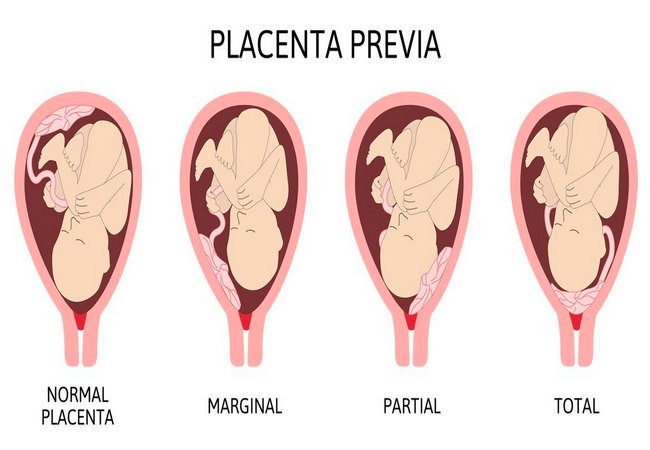Nursing Management of Oligohydramnios
What is Oligohydramnios?
Oligohydramnios is a medical condition characterized by a lower-than-normal amount of amniotic fluid in the amniotic sac during pregnancy. Amniotic fluid is crucial for the fetus’s development as it cushions the baby, helps maintain a constant temperature, and is necessary for lung and digestive system development.

Nursing Management of Oligohydramnios:
Assessment: Assess for the following:
- Ballottement results in fluid waves.
Fundal height excessive for gestation.
- Fetus difficult to outline with palpation.
- Supine hypotension.
- Fetal abnormalities of central nervous system or GI tract.
- Easy fatigability.
You can follow: Causes, Diagnosis and Symptoms of Oligohydramnios
Analysis/Nursing Diagnosis:
- Risk for fetal injury.
- Impaired physical mobility.
- Actual/risk for fluid volume deficit.
- Anxiety.
- Anticipatory grieving.
- Altered family process.
- Actual/risk for altered parenting.
- Health seeking behaviors.
Planning:
- Promote maternal comfort.
- Promote maternal-fetal wellbeing.
- Provide opportunities for counseling and support.
- Provide education for self-care measures in increasing comfort.
Implementation:
- Facilitate testing; amniocentesis, sonogram.
Assess FHR.
Anticipate premature labor and postpartum hemorrhage caused by over distention of the uterine muscle.
Instruct and explain:
- Nature of problem.
- Need to obtain immediate medical attention for problems.
- Need to observe for pre-eclampsia.
Evaluation:
- Ensure that the expectant mother.
- Verbalizes increased comfort.
- Progresses to uneventful birth, as does her baby.
- Verbalizes support.
- Verbalizes self-care measures.
More management tips are in the below:
- Monitor maternal and fetal status closely, including vital signs and fetal heart rate patterns.
- Monitor maternal weight gain pattern, notifying the health care provider if weight loss occurs.
- Provide emotional support before, during, and after ultrasonography.
- Inform the patient about coping measures if fetal anomalies are suspected.
- Instruct her about signs and symptoms of labor, including those she’ll need to report immediately.
- Reinforce the need for close supervision and follow up.
- Assist with amnioinfusion as indicated.
- Encourage the patient to lie on her left side.
- Ensure that amnioinfusion solution is warmed to body temperature.
- Continuously monitor maternal vital signs and fetal heart rate during the amnioinfusion procedure.
- Note the development of any uterine contractions, notify the health care provider, and continue to monitor closely.
- Maintain strict sterile technique during amnioinfusion.
More questions related to this article:
- What do you mean by oligohydramnios?
- Define oligohydramnios.
- What is oliamnios?
- Describe the management of oligohydramnios.
- Write down the nursing care management of this case?











